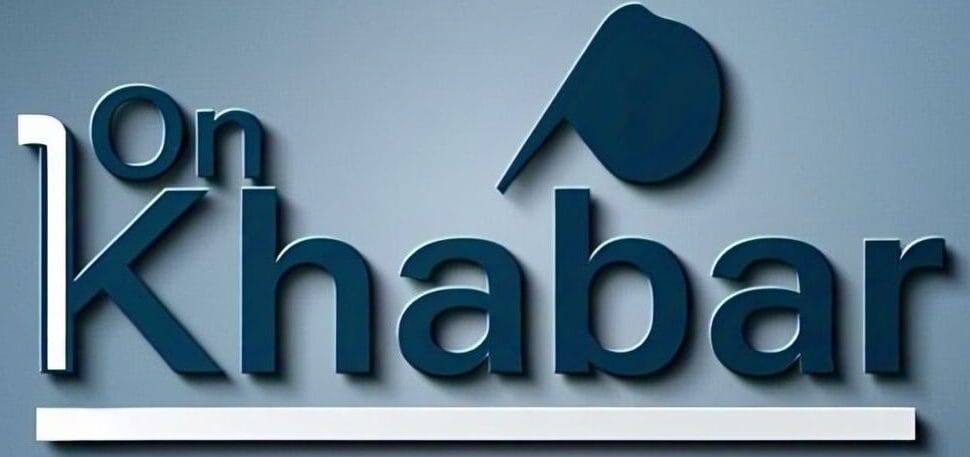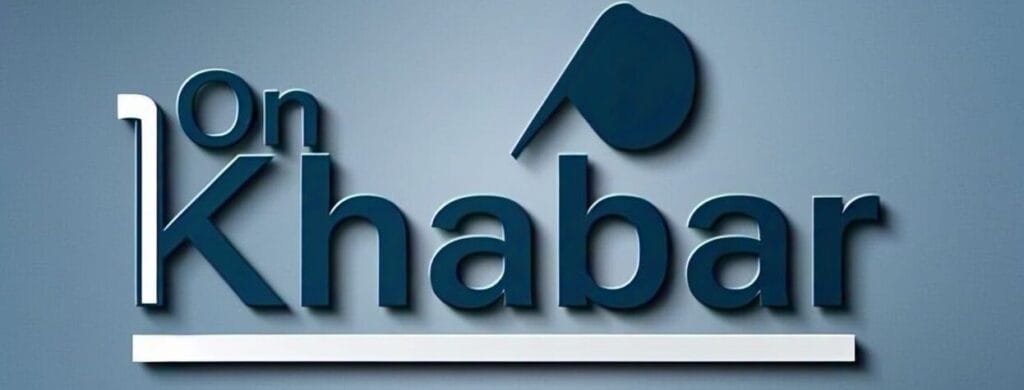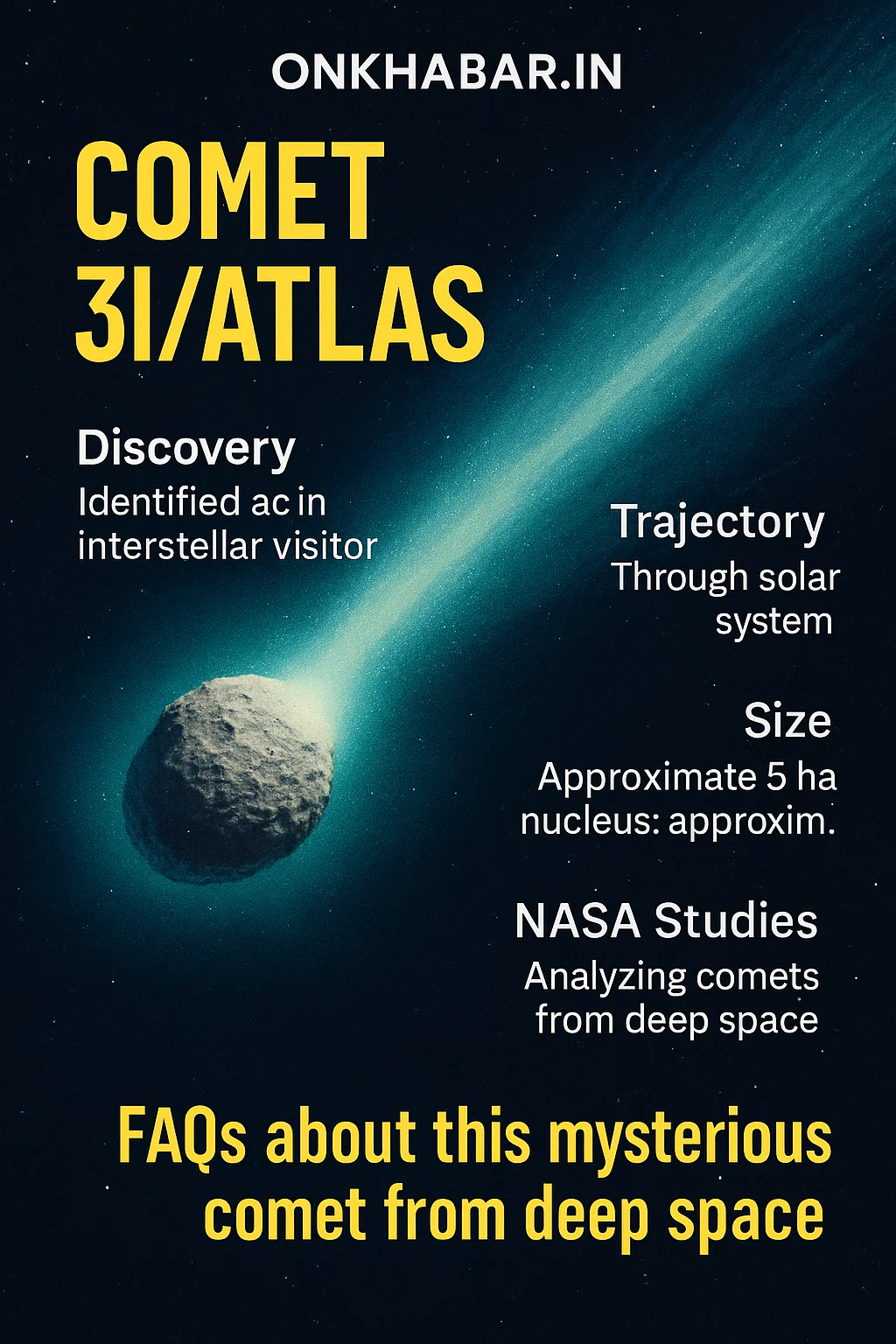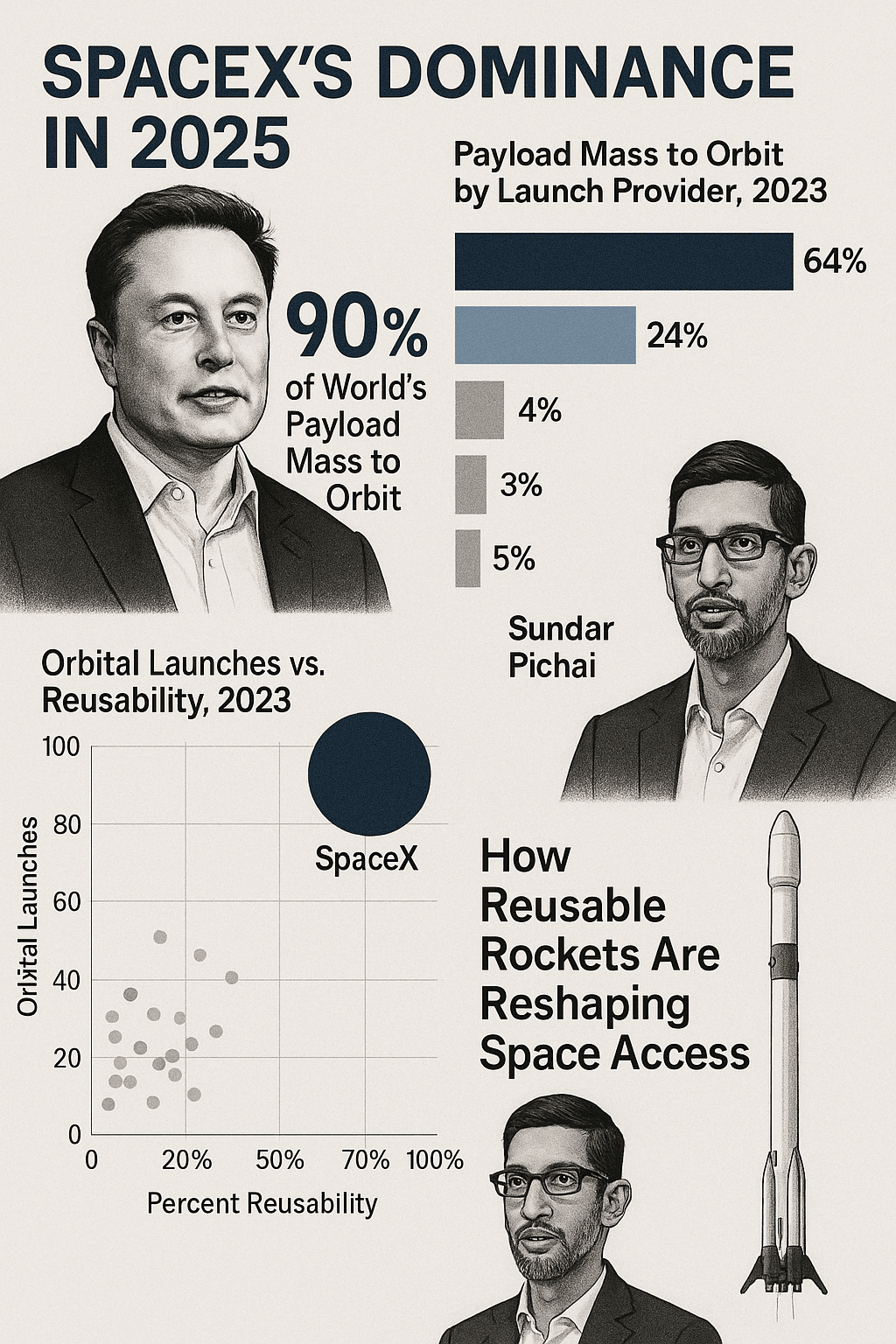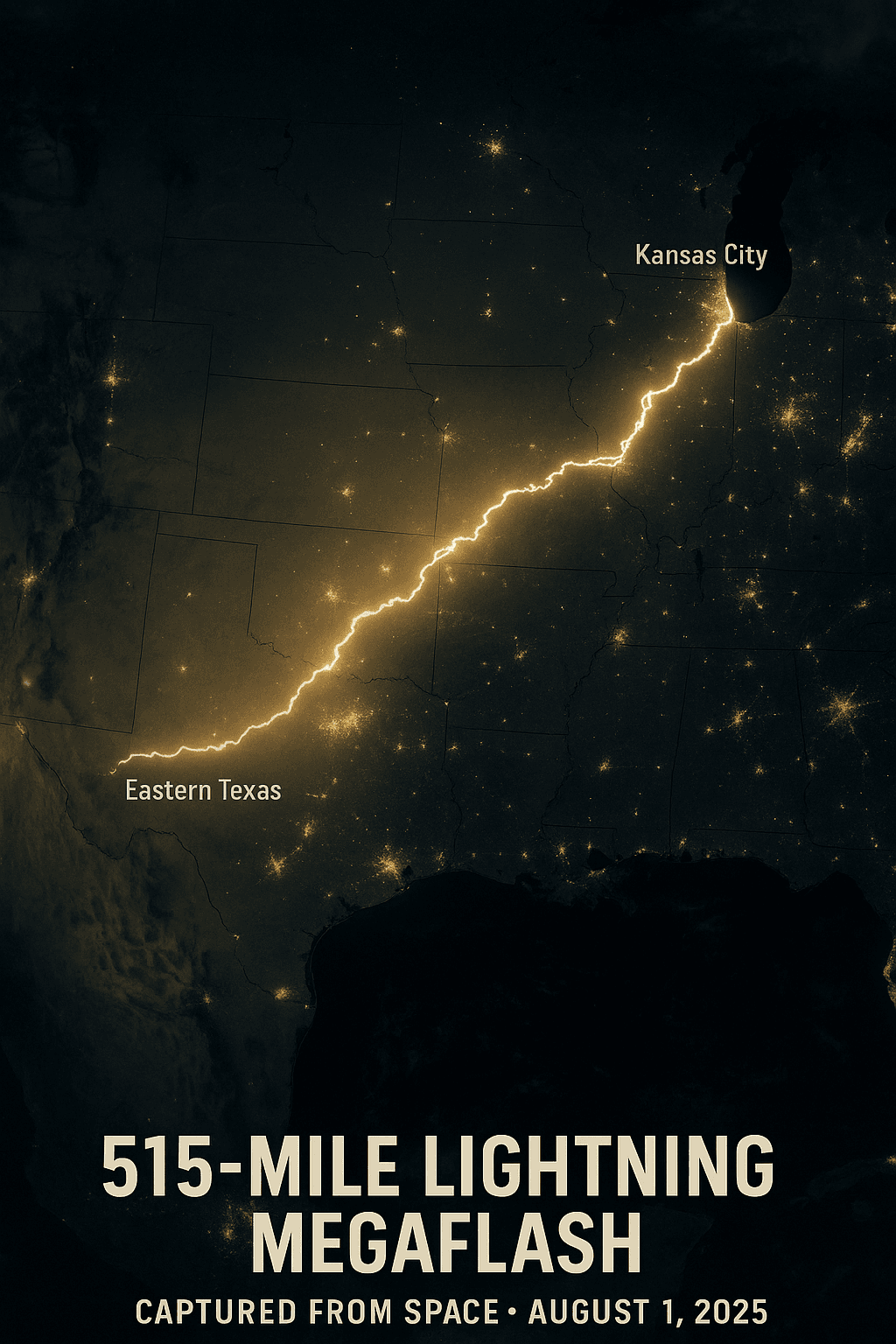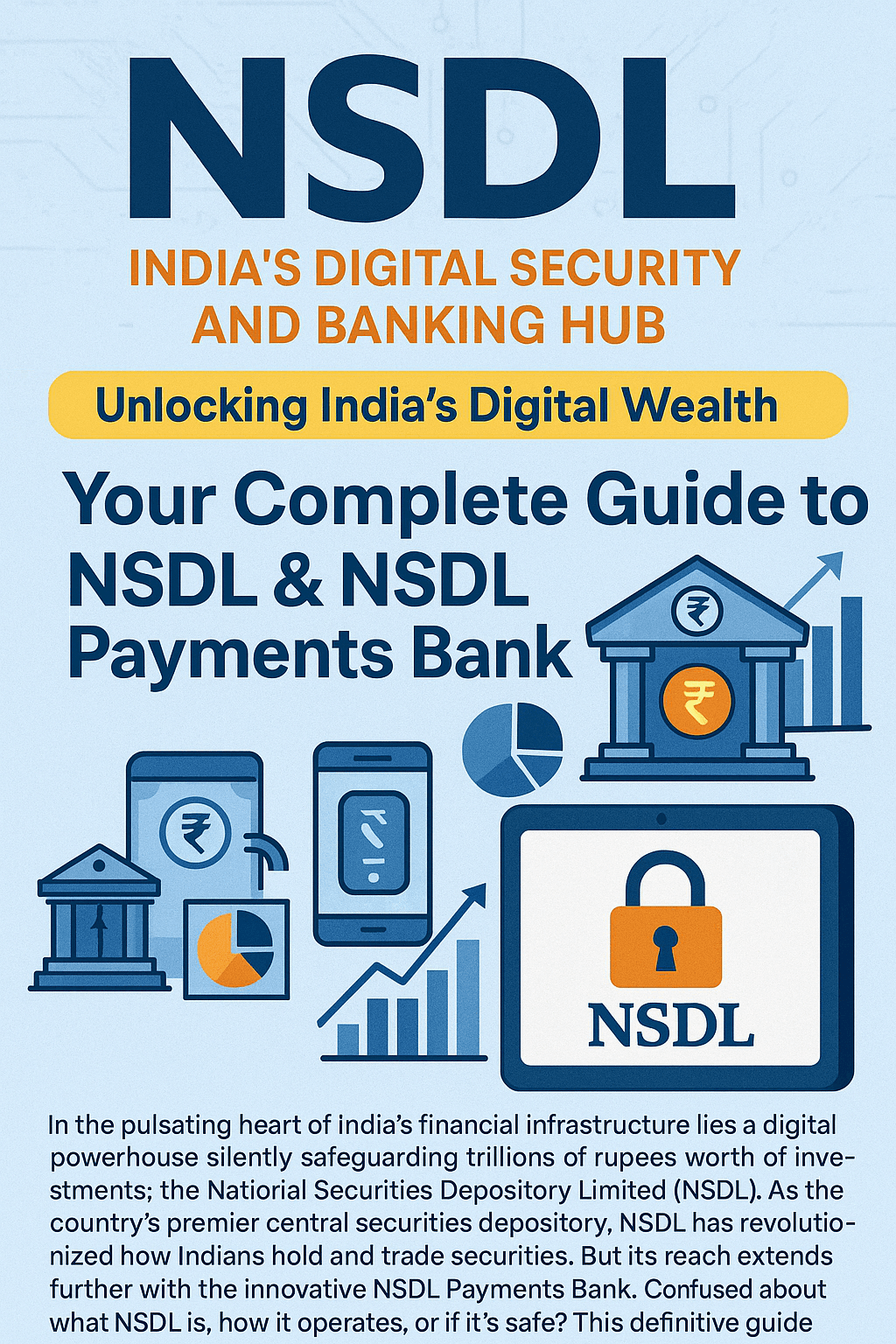
In a landmark announcement, Maharashtra Chief Minister Devendra Fadnavis confirmed that India’s first bullet train, connecting Mumbai and Ahmedabad, will be operational by 2028. This $15 billion project, developed in collaboration with Japan, promises to redefine transportation in India while accelerating infrastructure growth. Let’s explore what this means for the nation’s future.

The Mumbai-Ahmedabad Bullet Train Project: An Overview
The Mumbai-Ahmedabad High-Speed Rail (MAHSR) corridor is one of India’s most ambitious infrastructure ventures. Spanning 508 kilometers, the bullet train will slash travel time between the two cities from 7–8 hours to just 2–3 hours, reaching speeds of up to 320 km/h.
Key Features:
Cutting-Edge Technology: Leveraging Japan’s Shinkansen technology (famously known for its punctuality and safety), the train will feature earthquake-resistant tracks and automated braking systems.
12 Stations: Key stops include Mumbai, Thane, Virar, and Ahmedabad, with dedicated stations in Gujarat and Maharashtra.
Reduced Carbon Footprint: Electric-powered trains aim to minimize environmental impact, aligning with India’s sustainability goals.
Why 2028 Matters: Overcoming Delays and Accelerating Progress
Initially slated for a 2023 launch, the project faced delays due to land acquisition challenges, bureaucratic hurdles, and the pandemic. However, CM Fadnavis emphasized that work is now progressing rapidly, with over 100 km of viaducts and 250 km of pier work completed.
Maharashtra’s $50 Billion Infrastructure Vision
Alongside the bullet train, Maharashtra plans to attract 50billionininternationalinvestmentstofundhighways,metroexpansions,andsmartcities.ThispushpositionsthestateasahubforglobalinvestorsandreinforcesIndia’scommitmenttobecominga5 trillion economy.
Economic and Social Impact of the Bullet Train
1. Job Creation and Skill Development
The project has already generated over 20,000 jobs, with opportunities in construction, engineering, and operations. Japanese collaboration also includes skill development programs to train Indian workers in high-speed rail technology.
2. Boost to Tourism and Business
Faster connectivity will strengthen the Mumbai-Ahmedabad economic corridor, home to 70% of India’s industrial GDP. Tourists can seamlessly explore destinations like Sanjay Gandhi National Park (Mumbai) and Sabarmati Ashram (Ahmedabad).
3. Urban Development
New stations are expected to spur real estate growth, creating commercial hubs and affordable housing clusters in peripheral areas like Virar and Bharuch.
Japan’s Role: A Partnership Built on Trust
Japan is contributing 81% of the project’s funding through a 50-year loan at a minimal 0.1% interest rate. This collaboration reflects Japan’s confidence in India’s growth and its strategy to counterbalance China’s infrastructure influence in Asia.
Technology Transfer Benefits
Safety Standards: Adoption of Japan’s rigorous safety protocols.
Local Manufacturing: Components like train coaches will eventually be produced in India, boosting Make in India initiatives.
Challenges and the Road Ahead
While progress is commendable, challenges remain:
Land Acquisition: A few land parcels in Maharashtra are still pending clearance.
Cost Concerns: Critics argue funds could be better spent on existing rail upgrades. However, proponents highlight the bullet train’s long-term economic returns.
Fadnavis assures that both states are working closely with central agencies to resolve bottlenecks swiftly. 
India’s Infrastructure Revolution: What’s Next?
The bullet train is just the beginning. Maharashtra’s $50 billion investment plan includes:
Expanding Mumbai’s metro network to 350 km by 2030.
Developing 10 smart cities with integrated transit systems.
Modernizing ports and airports to boost trade.
These initiatives aim to position Maharashtra as a model for other states, attracting global talent and businesses.
FAQs About the Mumbai-Ahmedabad Bullet Train
1. When will the bullet train start operations?
The project is slated to launch in 2028, as per CM Fadnavis’s announcement.
2. How much will a ticket cost?
While fares are yet to be finalized, estimates suggest ₹3,000–5,000 for a one-way trip—comparable to airfare but faster and more convenient.
3. Will the train be accessible to all income groups?
Yes! Plans include economy and premium classes, with discounts for students and seniors.
4. How does this compare to other global high-speed rails?
Once completed, it will be one of the world’s most cost-effective projects, priced at 30million/kmversus50 million/km for California’s HS rail.
Conclusion: A New Era for Indian Infrastructure
The Mumbai-Ahmedabad bullet train symbolizes India’s ambition to embrace innovation and global partnerships. By 2028, this project will not only transform regional connectivity but also inspire a nationwide shift toward sustainable, high-speed transit. As Maharashtra secures $50 billion in investments, the state—and India—are poised to become a global infrastructure powerhouse.
Stay tuned for updates as India races toward a faster, smarter future!
